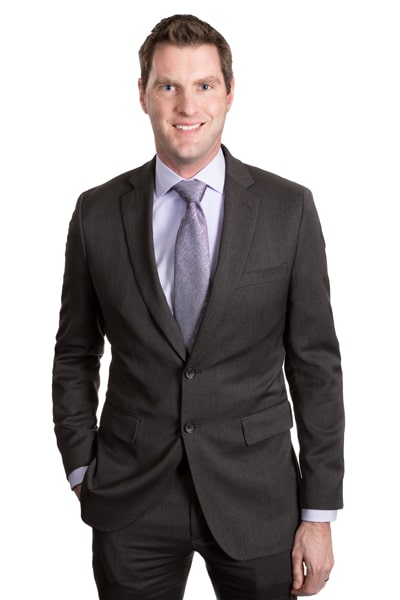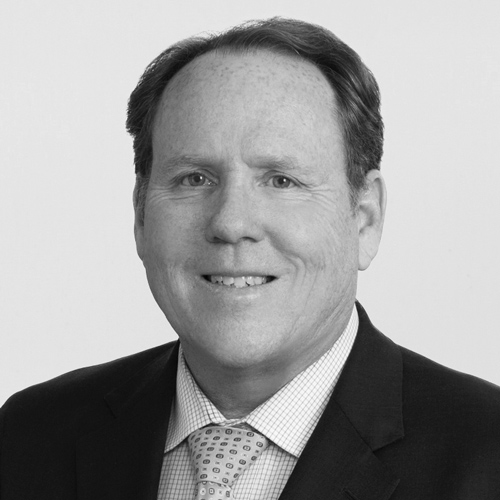
It made good business sense when, just a few years ago, the large investment firms Janus Capital Group and Henderson Group began to work toward a merger.
Janus, based in Denver, was focused primarily on US clients, and the London-based Henderson had primarily a European footprint. Combined, as Janus Henderson Investors, the two firms would have a total of more than $370 billion in combined assets and be a formidable global player, capable of competing against the world’s biggest investment firms.
Paving a path to the merger, however, required ingenuity, strategy, and the know-how to span borders successfully and navigate regulators in vastly different places. On the front lines of those complex legal issues has been Dominic Hulse, a senior legal counsel at Janus Henderson, whose work experience and business-savvy philosophy helped close the merger in May 2017 and strengthen its bond in the aftermath.
More than a year later, Hulse and others are still guiding the company through a slew of rules and regulations in jurisdictions all over the world. But, a sturdy legal framework has emerged—a set of unified business and legal practices that ensures a comprehensive risk-mitigation approach. Because he had worked in both the US and the United Kingdom, the idea of untangling regulatory hurdles from both countries was less daunting for Hulse, but his interest in and understanding of the business of the investment world—not solely its legal aspects—also helped.
“The business doubled overnight,” Hulse says of the merger. “And, as such, so did the scope of the regulations we were dealing with. Although Janus didn’t have a large footprint in Asia or Europe and Henderson didn’t have that in the US, there were definitely overlapping businesses and multiple overlapping entities in each jurisdiction. “I think it’s important for in-house lawyers to have an idea of what their philosophy is in providing service to clients. My driving motivation has always been to be a trusted advisor to the business and partner with a business rather than provide advice in a vacuum. To serve your business clients, you not only have to know the law—it’s a heavily regulated area—but how the business works.”
One big example was the immediate need for the global firm to have its arms around the second iteration of the Markets in Financial Instruments Directive (MiFid II), a wide-ranging set of complex regulations aimed at ensuring that firms that trade in Europe are more transparent.
In order to navigate MiFid II, Hulse helped provide a clear structure that integrated the US investment-advisory entities in compliance with the European regulation.
The Securities and Exchange Commission (SEC) also proved to be a tricky regulator to not run afoul of when merging assets. Hulse led an effort that combined and organized US client assets into more discrete silos. The reorganization—while complex for an organization of Janus Henderson’s size—eliminated the need for multiple entities and kept company leadership from having to worry about different parts of the business being under overlapping regulations. Instead, leadership could stay focused on the core investment business.
“There’s a cost involved in regulation,” Hulse explains. “Do all entities need to be registered with SEC? Or were there any mechanisms we could use to essentially allow one or two regulated entities to conduct most of the business in the US and maintain some geographical distinction between US and non-US parts of the business?” Hulse steered the firm through the latter option, combining assets and eliminating cost and complexity in the long run.
The work has also given Hulse an appreciation for working on dynamic, evolving sets of issues. “Part of the attraction and fun of working in-house is the real partnership that develops as you help the business grow and work on a product from inception to completion—and seeing those products grow as the business grows,” Hulse says. “There’s a shared responsibility and shared ownership that’s quite fulfilling.”
Hulse says that, ultimately, the Janus and Henderson merger worked well because leaders of both shared a customer-centric philosophy that helped pave the way for their deal. “With any sort of merger like this, it’s always challenging to integrate different parts of the business,” Hulse says. “We shared the view of putting the client first and partnering with the business, so there was a common philosophy there that helped move things along.”
Photo by Christopher Kokias
***
Stradley Ronon:
“Dominic is a sharp attorney and knowledgeable in a wide range of transactional, regulatory, and compliance issues, including cross-border matters. He is a pleasure to work with.”
-Matthew R. DiClemente, Partner and Cochair, Investment Management Group

